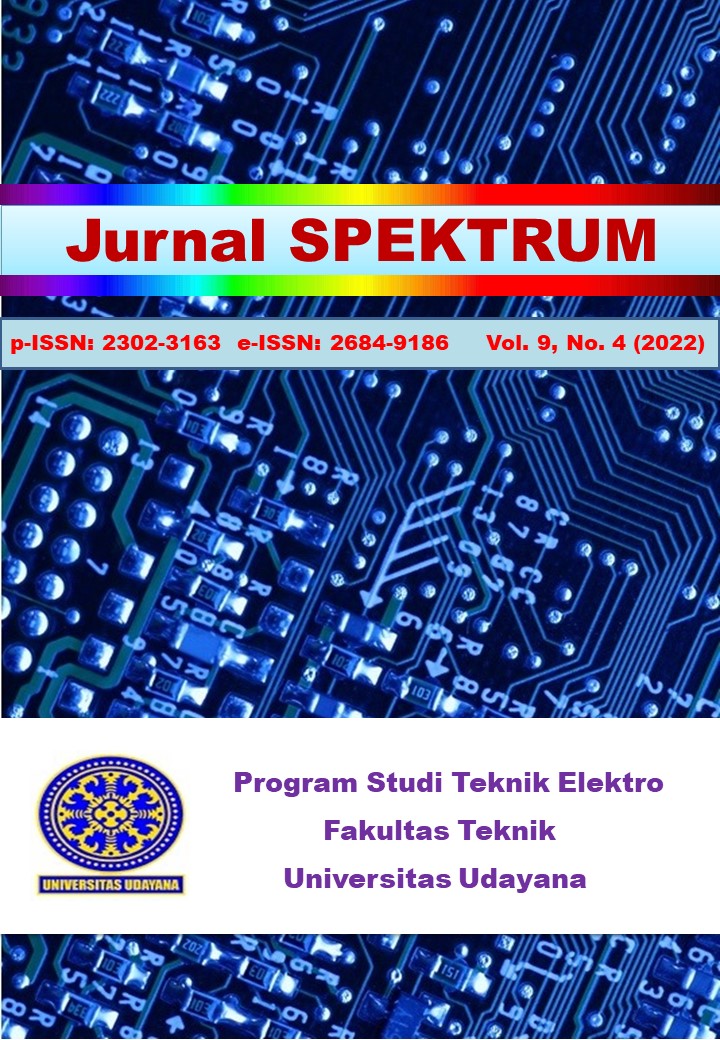UNJUK KERJA KODE ORTHOGONAL M-SEQUENCE DALAM SISTEM DIRECT SEQUENCE SPREAD SPECTRUM MELALUI KANAL MULTIPATH FA
Abstract
Multipath and multi-user interference are the main challenges in wireless communication systems. This has become a driving force for the development of data transmission technology that is focused to overcome these problems, one of which is spread spectrum. Spread spectrum is applied to CDMA technology which has the limitations of MAI, so a spreading code is required with specifications that have a very low cross-correlation value as in the orthogonal m-sequence code. In this study, simulate the orthogonal m-sequence code with a length of 8 chips on a multipath fading channel using the Direct Sequence Spread Spectrum system with aims of assessing the performance of the orthogonal m-sequence code on a multipath fading channel, based on the effect of changes in the number of multipath components. The research method used is a Monte Carlo simulation on simulink with the output data in the form of a graph of the comparison value of BER with Eb/No. The results show that on the flat fading channel with the number of components multipath 1, the BER value of the simulation results is in accordance with the BER theory so that the simulation is valid and can be applied to frequency selective fading channels. In the frequency selective fading channel with the number of multipath components 4,6, and 8, the best performance was shown in the multipath 4 component with the smallest BER value, this was influenced by the ACF and CCF values so that the multipath 4 component had the lowest ISI and interference between users.
Downloads

This work is licensed under a Creative Commons Attribution 4.0 International License.



